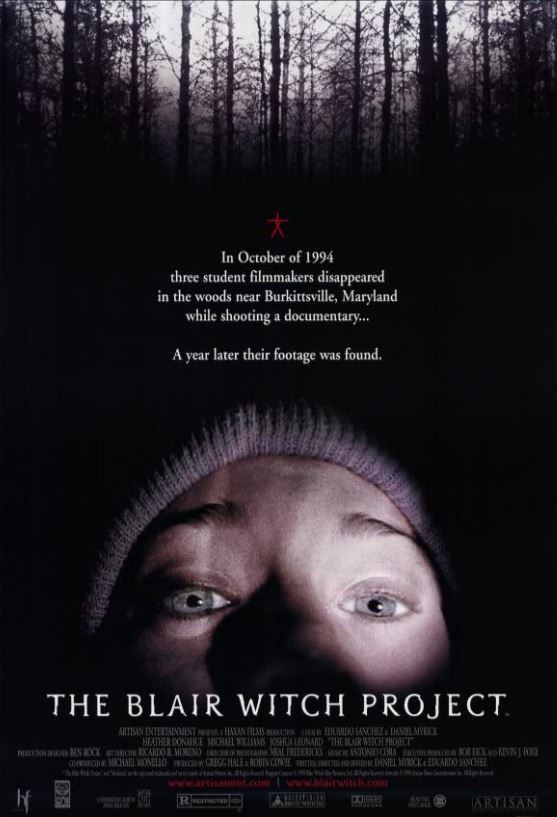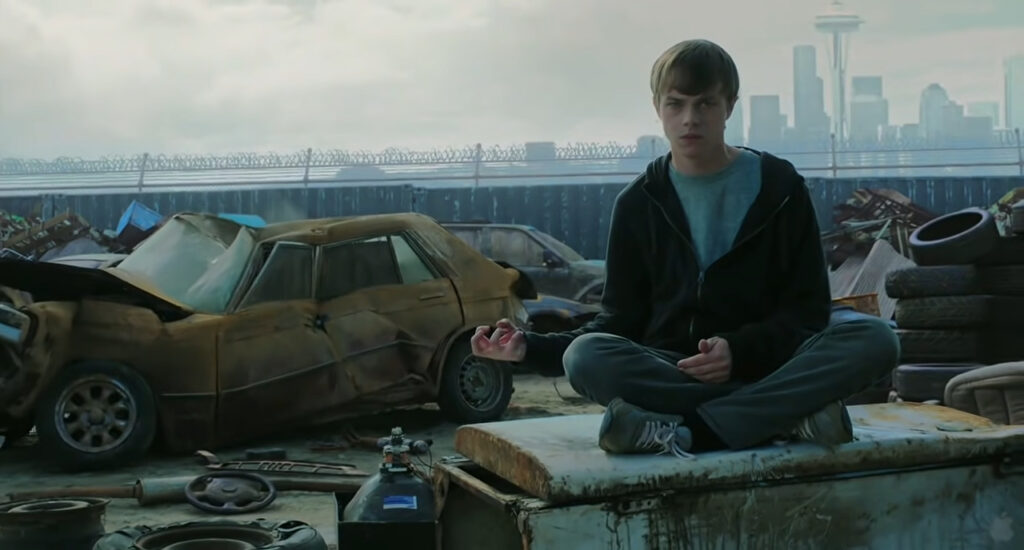The Found Footage Technique
A “found footage” movie is a film technique that uses the conceit of presenting the story as if it were actual footage that was found and edited together as opposed to being scripted and produced. This can include footage shot by the characters themselves, surveillance camera footage, or any other type of media that might have captured the events depicted in the movie.
This footage is called diegetic because both it and the camera that shot it exists in the same universe with the characters.
This technique breaks from the traditional narrative style of film captured with cameras that aren’t part of the same film universe as the film (i.e. non-diegetic).
Background
The found footage genre first gained prominence in the late 1990s and mid-2000s, with the release of films such as The Blair Witch Project (1999) and Paranormal Activity (2007). These movies used a first-person perspective and low-budget, handheld camera techniques to create a sense of realism and immersion for the viewer.

The found footage genre has since expanded to include a wide range of genres and sub-genres, from horror to science fiction to comedy. Many found footage films use the format to explore themes of authenticity, reality, and the relationship between truth and fiction.
Although The Blair Witch Project was not the first to use the found footage technique, it has become one of the best-known examples. I have no doubt that it popularized the technique.
How The Found Footage Technique Affects The Story
One of the key elements of found footage films is the sense of voyeurism and intimacy that they create. In narrative films, the cameras aren’t part of the film itself. This leaves the Director free to set them up wherever they will best support the story.
By presenting the story as if it were real footage that was discovered, the viewer feels as if they experience the events alongside the characters. This can create a sense of tension and suspense, as the viewer is unsure of what might happen next. It also explains why horror films use it more than other genres.
Additionally, the style can reduce production costs. The Blair Witch Project famously had a $600,000 budget and grossed around $248 million. That kind of return on investment will always draw attention. Because the audience tends to accept a lower production quality in these types of films, the crew can use cheaper filing equipment (although this is far from a universal rule).
A downside to this technique though… if that handheld camera gets too shaky, people can get motion sickness.
Hybrid Use
The entire movie doesn’t have to use the found footage technique. You can mix it in with more narrative-type methods.
For example, District 9 (2009) tells the story of a stranded alien spaceship in South Africa. This movie uses a fake documentary style using traditional narrative filmmaking interspersed with shaky handheld tapes of documentation and interviews with characters.
In another example, Director Josh Trank used a variety of cameras to film a unique take on the genre in Chronicle (2012). Within this film, three high school teenagers gain telekinetic superpowers and soon find their lives spinning out of control.
Although a majority of the movie uses a shaky handheld look, it has scenes from security cameras and in-universe film crews as well.

This particular shot was filmed with a traditional camera, but within the movie, the character is using his telekinetic powers to hold his own handheld camcorder while he crushes the car behind him with his mind.
Examples of Found Footage Films
The technique has a long history. A short list of example films that use this technique includes:
- The Connection (1961)
- Cannibal Holocaust (1980)
- The Blair Witch Project (1999)
- Paranormal Activity (2007)
- Cloverfield (2008)
- District 9 (2009)
- Apollo 18 (2011)
- Chronicle (2012)
- Project X (2012)
- Project Almanac (2015)
You can find a more complete list here.
Conclusion
Overall, the found footage genre is an approach to filmmaking that allows for a high degree of audience engagement and immersion. Done right, found footage films can captivate an audience and create cinematic masterpieces.
But beware… if done wrong, they come off as clichéd and boring. And that’s a death knell for a story.


